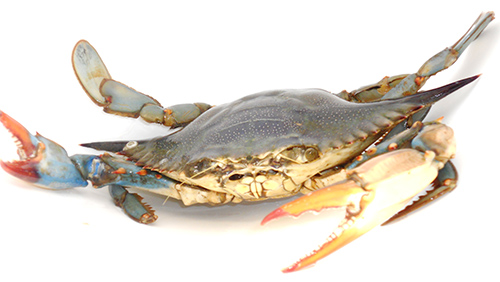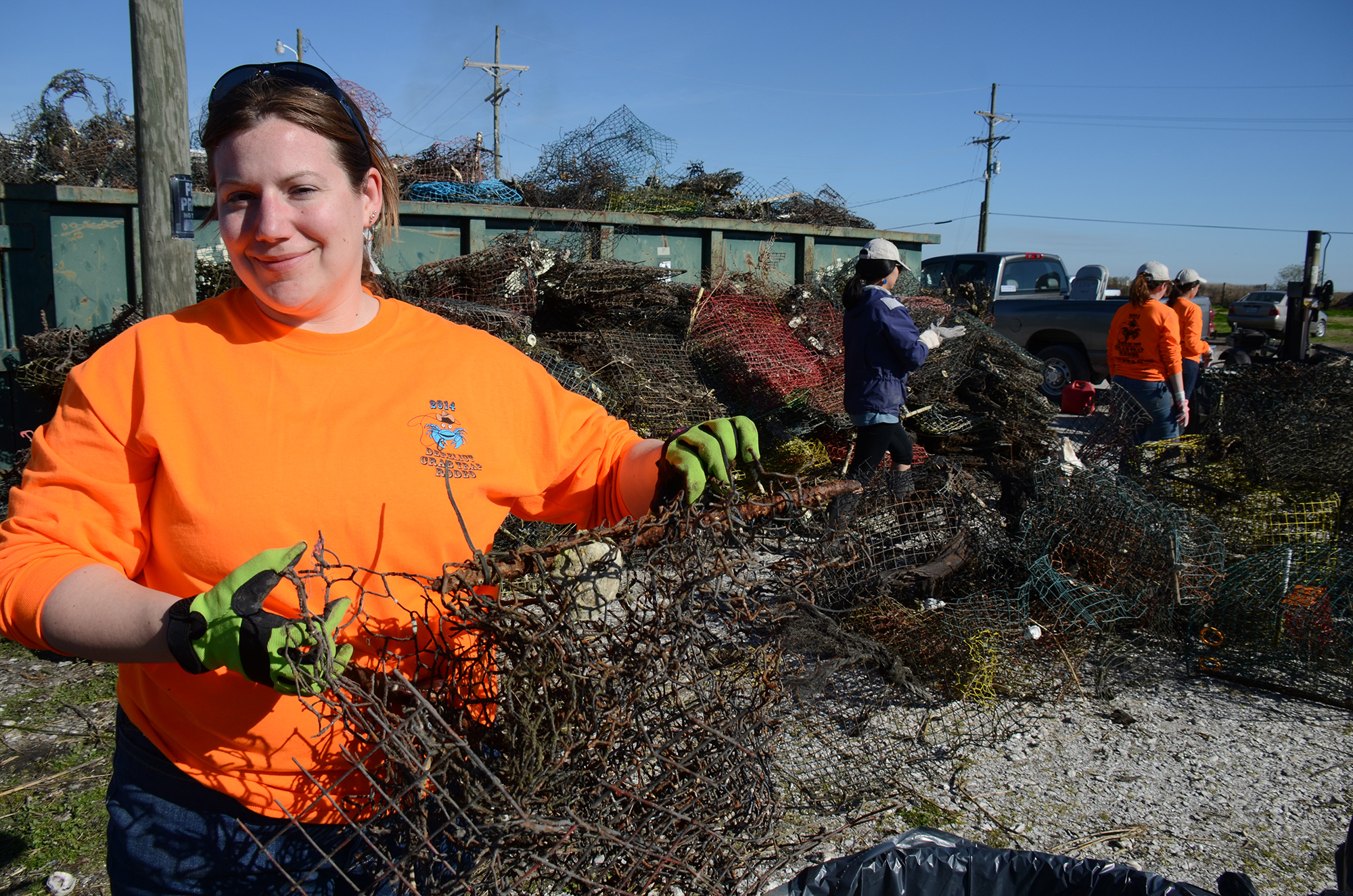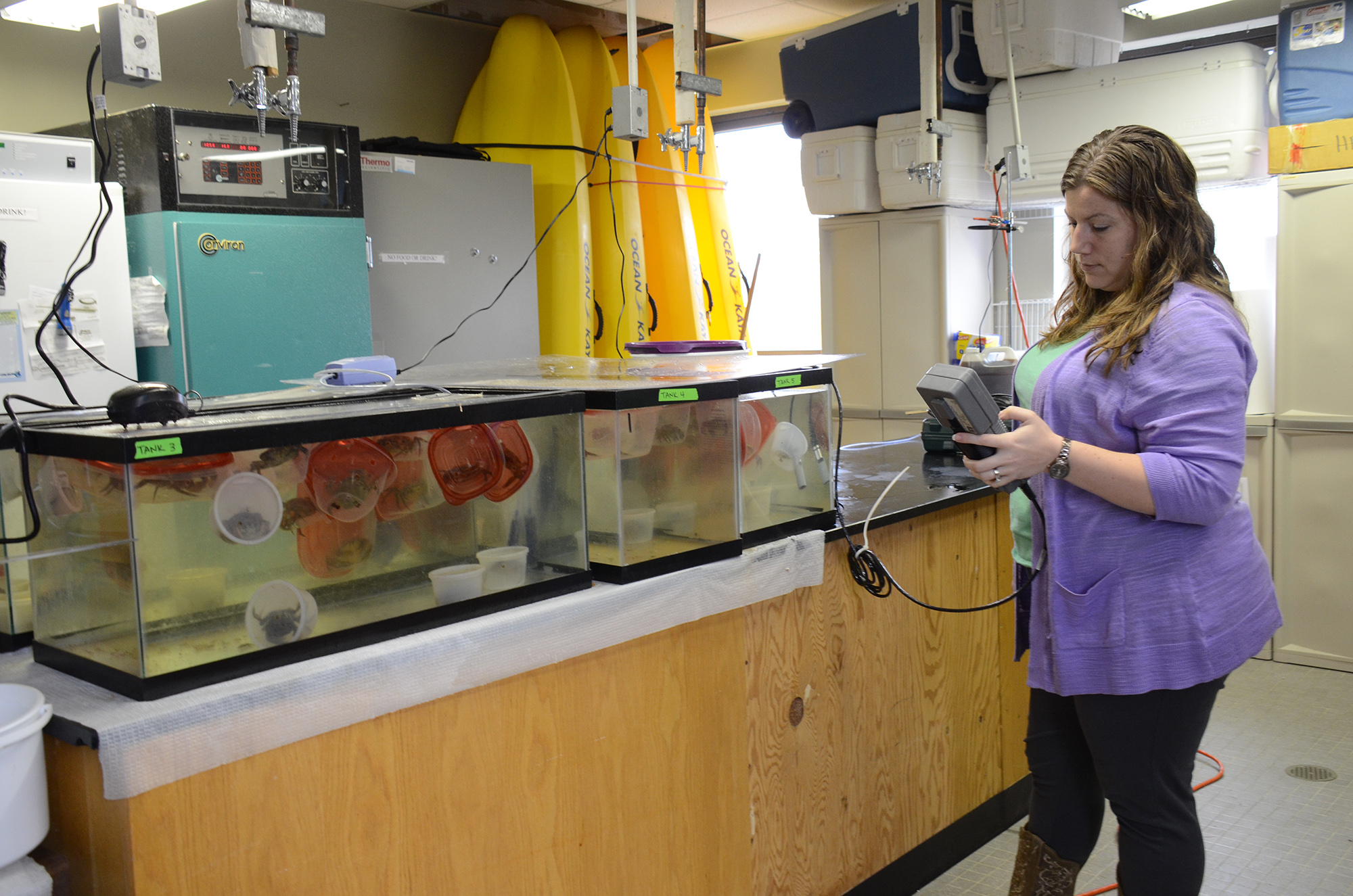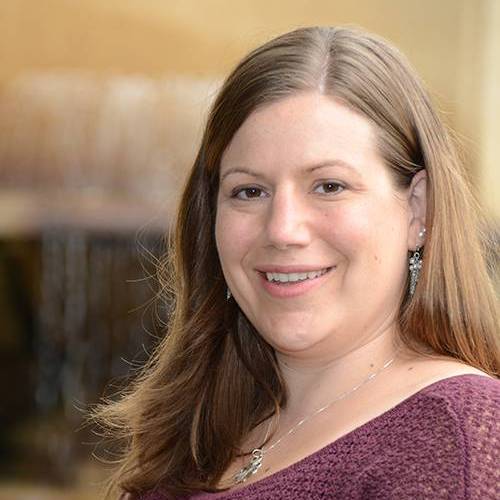Louisiana Sea Grant's New Executive Director
Meet Julie Lively
New head of college program is dedicated to commercial fisheries, shellfish production
Julie Anderson Lively is the new executive director of the Louisiana Sea Grant College Program located at LSU. Her research has centered around commercial fisheries in the Gulf of Mexico with a focus on blue crab including soft shell crab production, which generates about $293 million in Louisiana each year. Her work also includes shrimp and the shrimping industry, which generates a $1.3 billion economic impact per year. Louisiana is the largest producer of seafood in the contiguous U.S.
Lively received her doctorate at the University of Delaware and has been a member of the LSU AgCenter faculty since 2010. She has led a wide range of Sea Grant-related research projects supported by more than $23 million in funding for which she has been the principal or co-principal investigator.
Lively is Louisiana Sea Grant’s fourth executive director since the program’s establishment in 1968 and the first woman to lead the organization.
Louisiana Sea Grant promotes stewardship of the state’s coastal resources through a combination of research, education, and outreach programs critical to the cultural, economic, and environmental health of Louisiana’s coastal zone. Louisiana Sea Grant is part of the National Sea Grant College Program, a network of 34 university-based programs in each of the U.S. coastal and Great Lakes states, as well as Puerto Rico and Guam.
In 2020, the state saw an $85.1 million economic benefit from Louisiana Sea Grant outreach and research activities.
The following is a Q&A with Lively.
How does someone who grew up in Illinois and earned an undergraduate degree in Missouri end up working on the Atlantic and Gulf coasts?
I have always loved water. And my mom would tell the story of when I was five, I chose to go to a Florida beach over a second day at Disney. In Delaware, when I was a post-doc, I started working in outreach when groups would visit the marine campus and commercial fisheries. Louisiana is a perfect fit for me as we have such great commercial fisheries that are still viable compared to many areas of the country that have dramatically reduced fishing fleets.
What similarities and differences have you discovered between coastal communities in Delaware and Louisiana?
I love working with coastal communities and I find similar threads—self-reliance and creativity—run through most of them. In both states, there’s a great culture of living near the water that I’ve seen.
Louisiana has unfortunately become an expert in hurricanes, response, and rebuilding while many areas in Delaware and that region have avoided major storms for many years. However, working waterfront user conflicts are also much more of an issue on the Atlantic while in Louisiana, we have a lot of resources that overlap such as oil and gas, multiple fishing and aquaculture sectors, recreational use that find ways to work together.
 You’ve done a lot of research on crabs. What’s the most fascinating thing you’ve discovered
about that shellfish during your career?
You’ve done a lot of research on crabs. What’s the most fascinating thing you’ve discovered
about that shellfish during your career?
They’re delicious! Mostly kidding, although we didn’t get fresh shellfish when I was a kid in Illinois. But going back to my initial interests, we learn more and more about how shellfish larvae can go out into the Gulf of Mexico for weeks or months, and behaviors can influence their location within currents and tides to get back inshore. Chemical cues can help them find ideal locations to make their home.
In its 53 years, you’re the first executive director of Louisiana Sea Grant to also have an appointment with the LSU AgCenter. What opportunities do you see from this new dynamic?
Sea Grant is a great mix of research, education, and extension, and all of our extension personnel have split appointments with the AgCenter. Extension is one means of getting the fantastic research LSU does to our coastal communities, and our agents do a bang-up job of accomplishing that. Maintaining a strong working relationship with the AgCenter has been a priority for each Louisiana Sea Grant director, and I think my dual appointment is a unique opportunity to continue to build this relationship.
What drives your passion for Sea Grant and its mission?
I love the Sea Grant mission of research, education, and extension. We try to fund research that can really have an impact on Louisiana, and we have the outreach and education arm to reach coastal communities. Louisiana Sea Grant has a great team that I’ve seen make a difference for individuals, businesses, and communities across the state.
What is your vision for Louisiana Sea Grant and how do you see the program serving Louisiana’s coastal communities and residents over the next decade?
Coastal Louisiana is facing numerous challenges, but Louisiana has high-quality researchers across the state to help solve problems. Sea Grant also has strong partnerships and collaborations to help find the best solutions for our coastal communities. As the executive director of Louisiana Sea Grant, I’m hoping to continue the program’s work and to expand our science, outreach, and education efforts to help with our coast’s many challenges, which include workforce development, resilient communities, and disaster response.

Julie Lively works with Louisiana Sea Grant, Wildlife and Fisheries, and volunteers to clean coastal waters of derelict crab traps.

Julie Lively conducts crab research at her lab at LSU.



